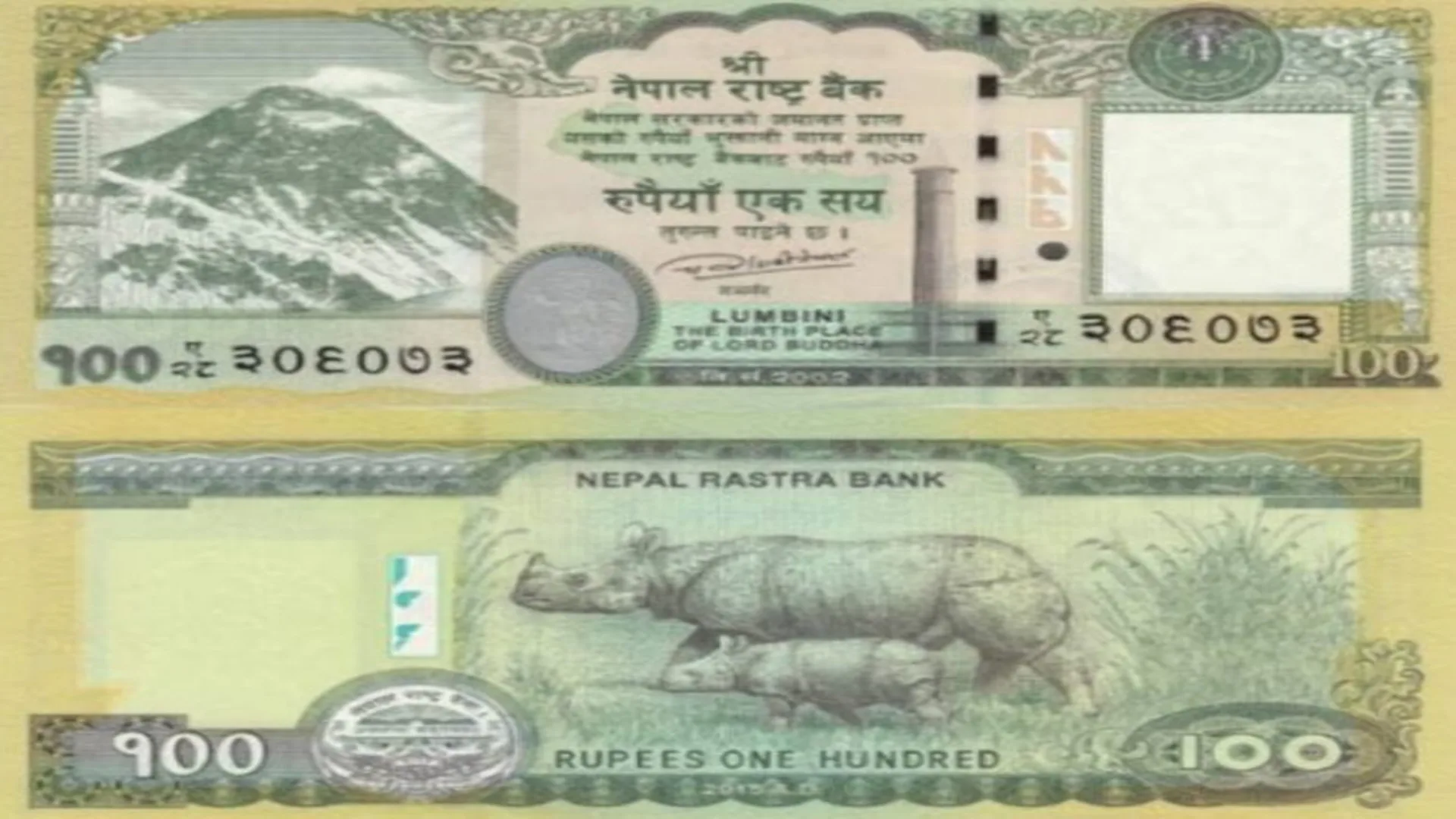Nepal‘s decision to redesign its 100-rupee currency note to include disputed border territories has reignited longstanding tensions with India. The new banknote features regions such as Lipulekh, Limpiyadhura, and Kalapani, reflecting Nepal’s revised political map—a move India has criticized as an “artificial enlargement” of borders.
Background of the Dispute
The border dispute between India and Nepal dates back to the 1816 Treaty of Sugauli, which established the Kali River as the western boundary of Nepal. The ambiguity regarding the river’s source has led to differing territorial claims. Nepal asserts that the river originates from Limpiyadhura, thereby including Lipulekh, Limpiyadhura, and Kalapani within its territory. Conversely, India maintains that the river’s source is near Kalapani, placing these areas within Indian territory.
Recent Developments
In May 2020, Nepal published a revised political map incorporating the disputed regions, a move that India rejected as untenable. The situation escalated when Nepal announced the printing of new 100-rupee notes featuring this map. The Nepal Rastra Bank (NRB) awarded the contract to the China Banknote Printing and Minting Corporation to print 300 million copies of these banknotes at a cost of approximately $8.99 million.
India’s Response
India has expressed strong objections to Nepal’s actions. External Affairs Minister S. Jaishankar stated that Nepal’s unilateral measures would not alter the ground reality, emphasizing that such actions are not conducive to resolving boundary issues.
Strategic Implications
The involvement of a Chinese state-owned company in printing Nepal’s currency has added a layer of complexity to the issue. Given the strategic sensitivities in the India-Nepal-China tri-border region, this move has raised concerns in India about potential Chinese influence in Nepal’s internal affairs.
Domestic Reactions in Nepal
Within Nepal, the decision has sparked debate. Chiranjivi Nepal, the economic advisor to President Ram Chandra Paudel, resigned after criticizing the government’s move to include the disputed territories on the new banknotes. His resignation highlights the internal divisions regarding the handling of the border dispute with India.
Historical Context
The Kalapani region, situated at the tri-junction of India, Nepal, and China, has been a point of contention for decades. The strategic importance of this area, especially the Lipulekh Pass, which serves as a trade and pilgrimage route to Tibet, underscores the significance of the dispute. Both nations have historically used maps and administrative measures to assert their claims over these territories.
Diplomatic Efforts
Despite the tensions, both countries have expressed a willingness to resolve the dispute through diplomatic channels. Nepal’s Foreign Minister Narayan Kaji Shrestha emphasized the importance of addressing the boundary issue with India through diplomatic means and dialogue. However, the inclusion of disputed territories on official documents, such as currency notes, complicates these efforts and may hinder progress toward a mutually acceptable resolution.
Also read: Bihar: Kishor Asks Voters to Reject Caste, Free Ration Politics
Conclusion
The redesign of Nepal’s 100-rupee note to feature disputed territories has intensified the longstanding border dispute with India. The involvement of a Chinese company in producing these banknotes adds a strategic dimension to the issue. While both nations have deep-rooted cultural and economic ties, the resolution of this territorial dispute remains a complex challenge that requires careful diplomatic engagement.























